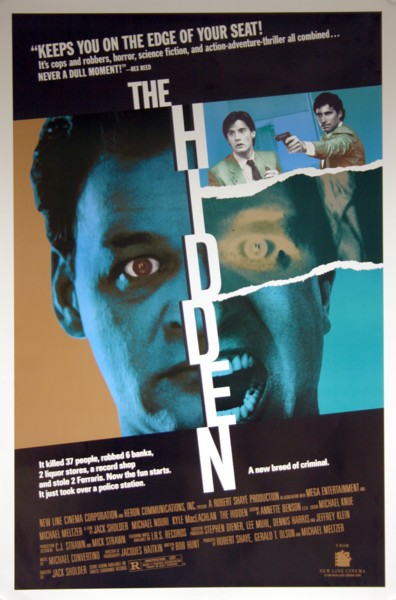

#The hidden movie part 1 series
For example, some of her math equations were used in a lecture series compendium called Notes on Space Technology. She began her career working with data from flight tests, but her life quickly changed after the Soviet Union launched the first satellite in 1957. In 1953, when she was back in the workforce, Johnson joined the West Area Computing section at Langley.

She quickly enrolled, but left to have children. Two years later, when the college chose to integrate its graduate schools, Johnson and two male students were offered spots. After graduating with highest honors, she started work as a schoolteacher in 1937. She attended a high school on the campus of West Virginia State College by age 13, and began attending the college at age 18. Johnson showed early brilliance in West Virginia schools by being promoted several years ahead of her age, according to NASA. Although described as a behind-the-scenes sort of worker, she helped many people get promoted or become supervisors. "She discovered that occasionally it was something as simple as a lack of a couple of courses, or perhaps the location of the individual, or perhaps the assignments given them, and of course, the ever present glass ceiling that most women seemed to encounter," stated the biography.Īfter 30 years with NACA and NASA (at which point she was an engineer), Jackson decided to become an equal opportunity specialist to help women and minorities. She also tried to help other women advance in their career, according to the biography, by advising them on what educational opportunities to pursue. Her job was to extract the relevant data from experiments and flight tests. She began her career as a schoolteacher, and took on several other jobs before joining NACA.Īs a computer with the all-black West Area Computing section, she was involved with wind tunnels and flight experiments. She graduated with high marks from high school and received a bachelor of science degree from the Hampton Institute in Mathematics and Physical Science, according to a biography posted on NASA's website. Here are brief biographies of these women: Mary Jackson (1921-2005) "Hidden Figures" focuses on three computers, Mary Jackson, Katherine Johnson and Dorothy Vaughan. However, segregation policies required that these women work in a separate section, called the West Area Computers-although computing sections became more integrated after the first several years.Īs the years passed and the center evolved, the West Computers became engineers, (electronic) computer programmers, the first black managers at Langley and trajectory whizzes whose work propelled the first American, John Glenn, into orbit in 1962. Langley began recruiting African-American women with college degrees to work as computers, according to NASA.

For example: Williamina Fleming is best known for classifying stars based on their temperature, and Annie Jump Cannon developed a stellar classification system still used today (from coolest to hottest stars: O, B, A, F, G, K, M.)ĭuring World War II, the computer pool was expanded. These women made discoveries still fundamental to astronomy today. In the late 19th and early 20thcentury, female “computers” at Harvard University analyzed star photos to learn more about their basic properties. The computers worked at the Langley Memorial Aeronautical Laboratory in Virginia. The job title designated someone who performed mathematical equations and calculations by hand, according to a NASA history. " Hidden Figures," a 2016 book by Margot Lee Shetterly and a movie based on the book, celebrates the contributions of some of those workers.īeginning in 1935, the National Advisory Committee for Aeronautics (NACA), a precursor of NASA, hired hundreds of women as computers. Behind the scenes, they were supported by hundreds of unheralded NASA workers, including "human computers" who did the calculations for their orbital trajectories. In the 1960s, Mercury astronauts Alan Shepard, Gus Grissom, John Glenn and others absorbed the accolades of being the first men in space.


 0 kommentar(er)
0 kommentar(er)
